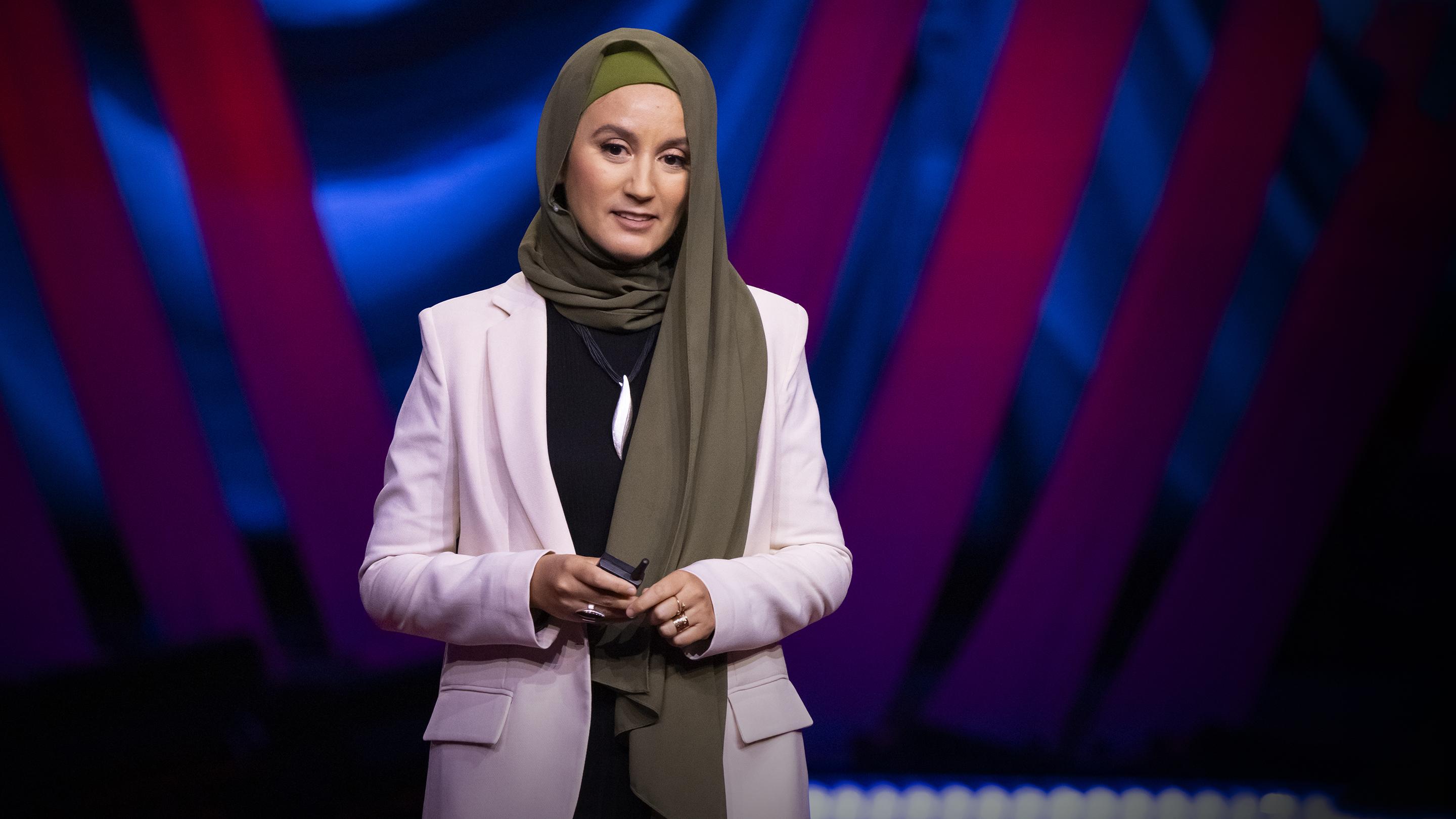
An Edmonton educator is hoping more Indigenous knowledge can be incorporated into the education system, and that in turn, more Indigenous people will go into STEM (science, technology, engineering and mathematics).
Conor Kerr, manager of Indigenous relations and supports at NorQuest College, said Indigenous knowledge and land-based education isn’t valued as much as western scientific knowledge, even though Indigenous communities have been experts in STEM for generations, Kerr said.
“Take something like beading for example. Laying out beads is essentially like a form of code work in how you’re planning and plotting out a different orientation for them and setting them all up at a minute level,” he said. “It’s very similar to what you would do if you were doing coding.”
Kerr said that the main barrier for Indigenous people entering STEM fields is the devaluation of traditional knowledge.
“There’s not much recognition of our own prior learned experiences or learned histories within those kind of areas,” he said.
Kerr is speaking at a virtual roundtable on this topic in Edmonton on Thursday. The roundtables were organized by Actua, a youth STEM outreach network. The results of the discussions, which are happening nationwide, will be published in a discussion paper. The hope is that the paper supports the implementation of Indigenous land-based knowledge in education systems.
“It’s a way of us being able to create a shared value system that recognizes Indigenous knowledge is on [an] equal level with the western sciences that are currently being taught within our … education systems,” Kerr said.
“We’ve been doing STEM forever within our own communities and have extensive knowledges around those sciences.”
One way to get there is to incorporate land-based education into schools, starting with Kindergarten and going all the way to post-secondary, Kerr said.
“You create a generation that’s inspired to see the benefits in developing a reciprocal with the land and working within harmony, which is what Indigenous people have been doing for forever,” he said.
Kerr said it’s really important for Indigenous youth to see themselves and their cultural knowledge represented in this way, but it’s also important for non-Indigenous youth to see it. He has seen it work wonders for kids.
One barrier they could encounter is educators simply not knowing where to start. There are great resources out there, but it can feel overwhelming, Kerr said, even though he has seen a huge appetite for it among educators.
Seven roundtable discussions will happen across Canada in Ontario, Edmonton, the Atlantic region, Manitoba, British Columbia, Northwest Territories, and Regina.










